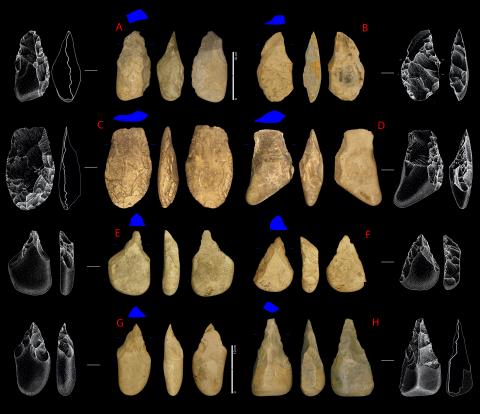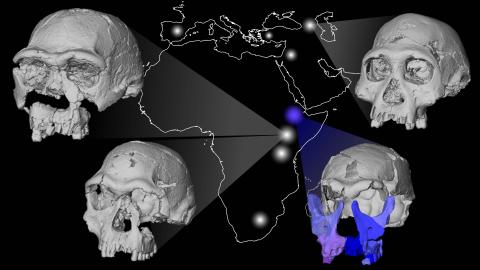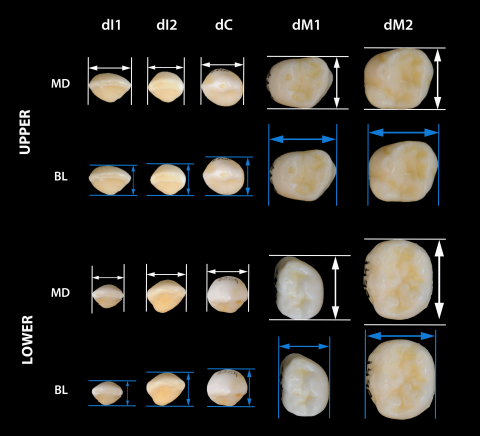A reindeer tooth, dated between 243,000 and 300,000 years ago, provides clear evidence of the intensity of glacial conditions in southern Europe during this period. The fossil was discovered in a layer of the Galería site that also indicates it coexisted with early humans
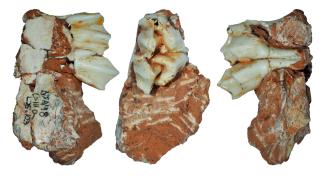
A fossilized tooth recovered from the Galería site in the Sierra de Atapuerca (Burgos, Spain) confirms that reindeer (Rangifer) inhabited this area of the Iberian Peninsula between 243,000 and 300,000 years ago. It represents one of the southernmost reindeer remains ever found in Eurasia and constitutes the earliest record of glacial fauna in the Iberian Peninsula, according to a study published today in the journal Quaternary.
The presence of cold-adapted species such as reindeer at these latitudes indicates that the climate at that time was glacial. The fossil was uncovered in Galería’s GIIIa unit, in the same layer as a human cranial fragment and numerous lithic artifacts, confirming that this species coexisted with early human populations.
This discovery, carried out by researchers from the Museo Nacional de Ciencias Naturales (MNCN-CSIC); the Centro Nacional de Investigación sobre la Evolución Humana (CENIEH), and the Institut Català de Paleoecologia Humana i Evolució Social (IPHES-CERCA), demonstrates that glacial fauna extended into the Iberian Peninsula, which—like other southern European peninsulas—served as a refuge for species not adapted to cold climates.
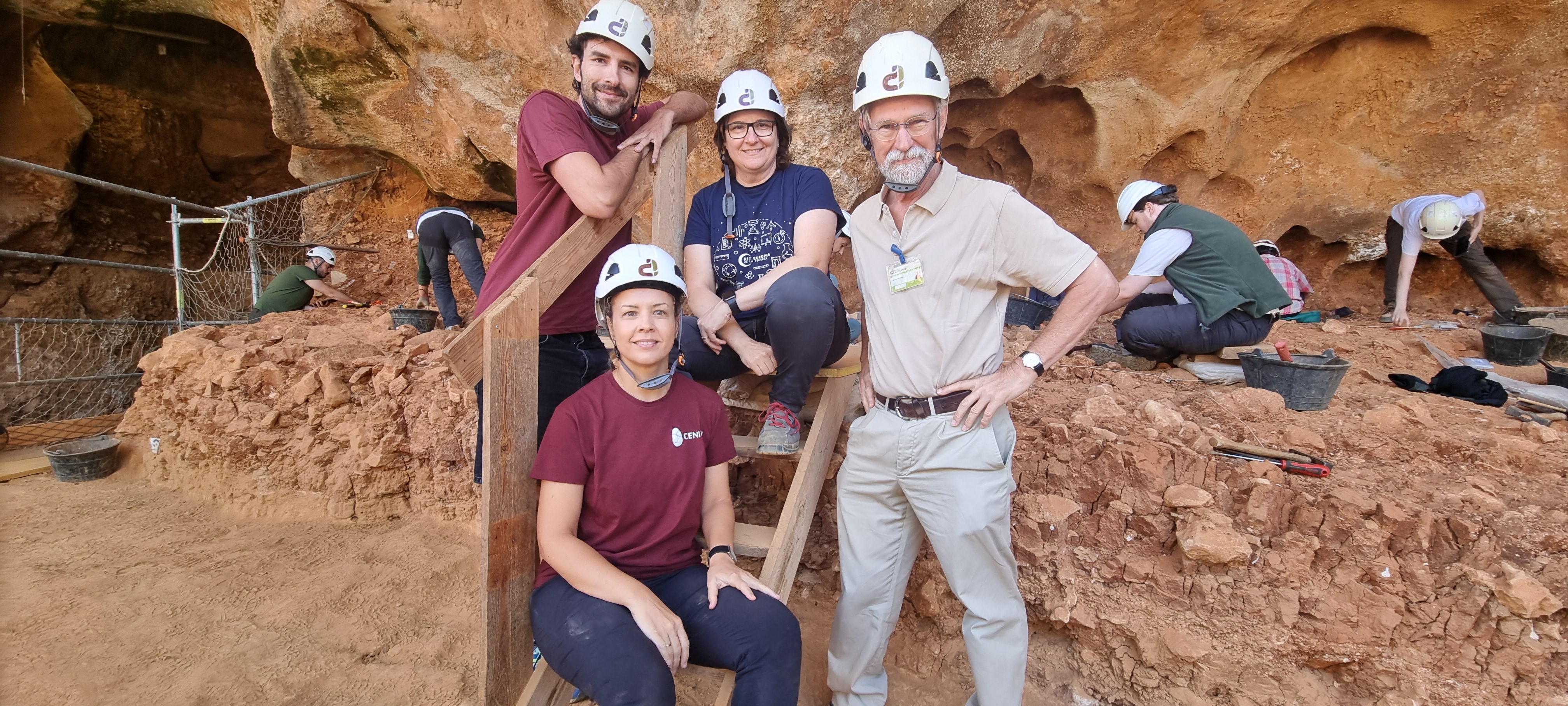
“This fossil helps to refine the dating of the site’s stratigraphic levels, but it also provides evidence of the intensity of the glacial periods that affected the peninsula’s inhabitants during the Pleistocene,” explains Jan van der Made, a researcher at MNCN-CSIC. “The presence of this reindeer at such a latitude indicates that extreme cold may have impacted Iberian fauna earlier and more severely than previously thought,” he adds.
The most recent glaciations expanded the ecosystem known as the “Mammoth Steppe,” which hosted not only these large proboscideans but also woolly rhinoceroses and reindeer. Some of these species reached as far south as Madrid and even Granada, well below the latitude of Atapuerca.
“This work highlights the importance of studying the biogeographic patterns of glacial fauna, allowing us to better understand the adaptive capacity of human populations during the Middle Pleistocene, roughly between 125,000 and 800,000 years ago,” concludes Ignacio Aguilar Lazagabaster, a researcher at CENIEH.
